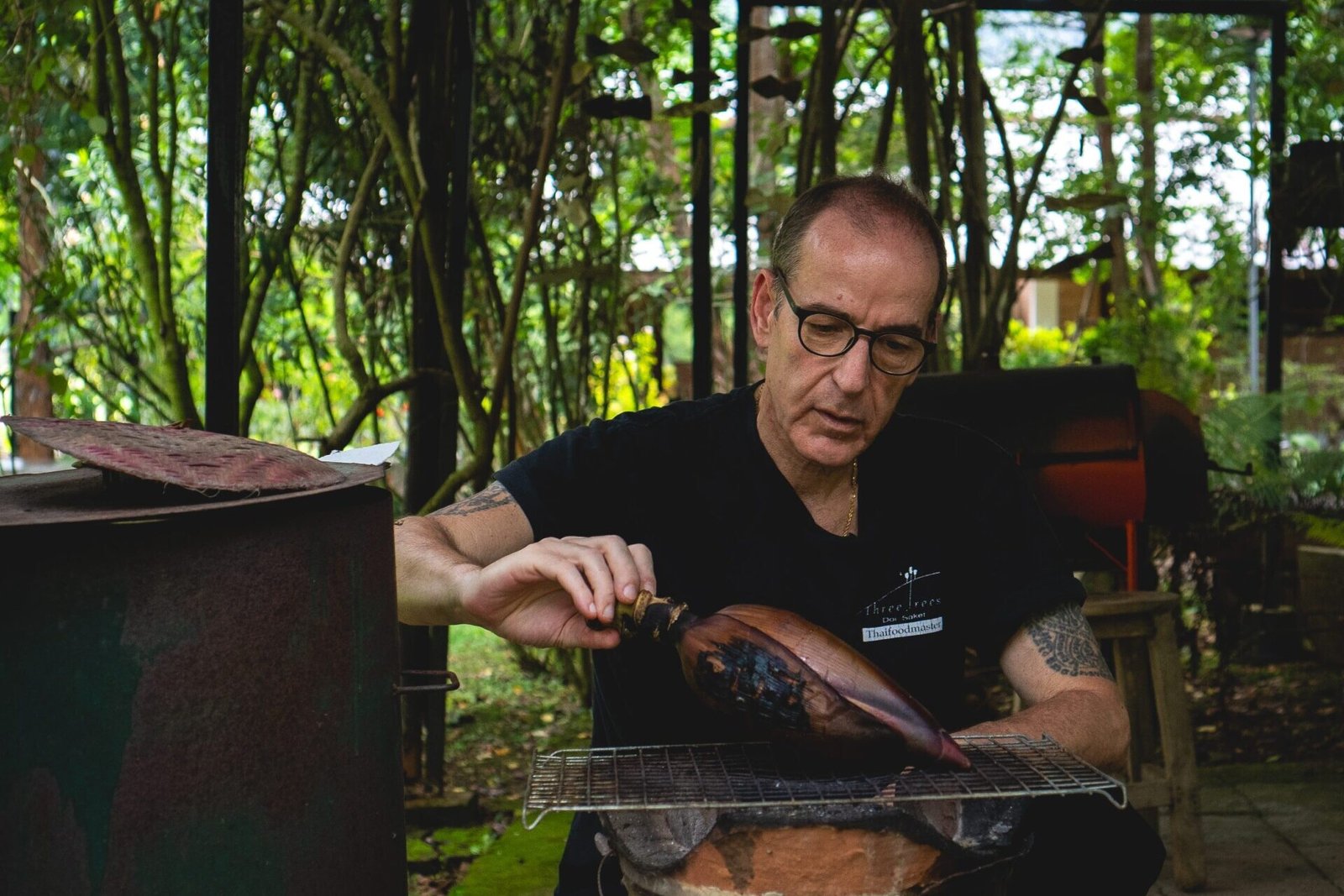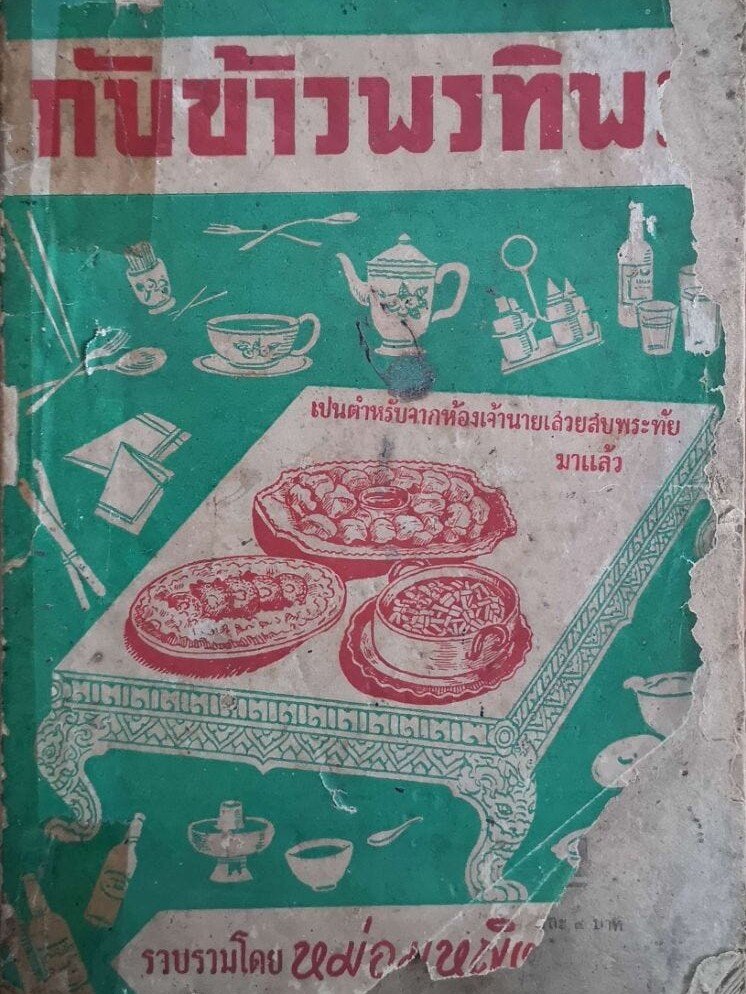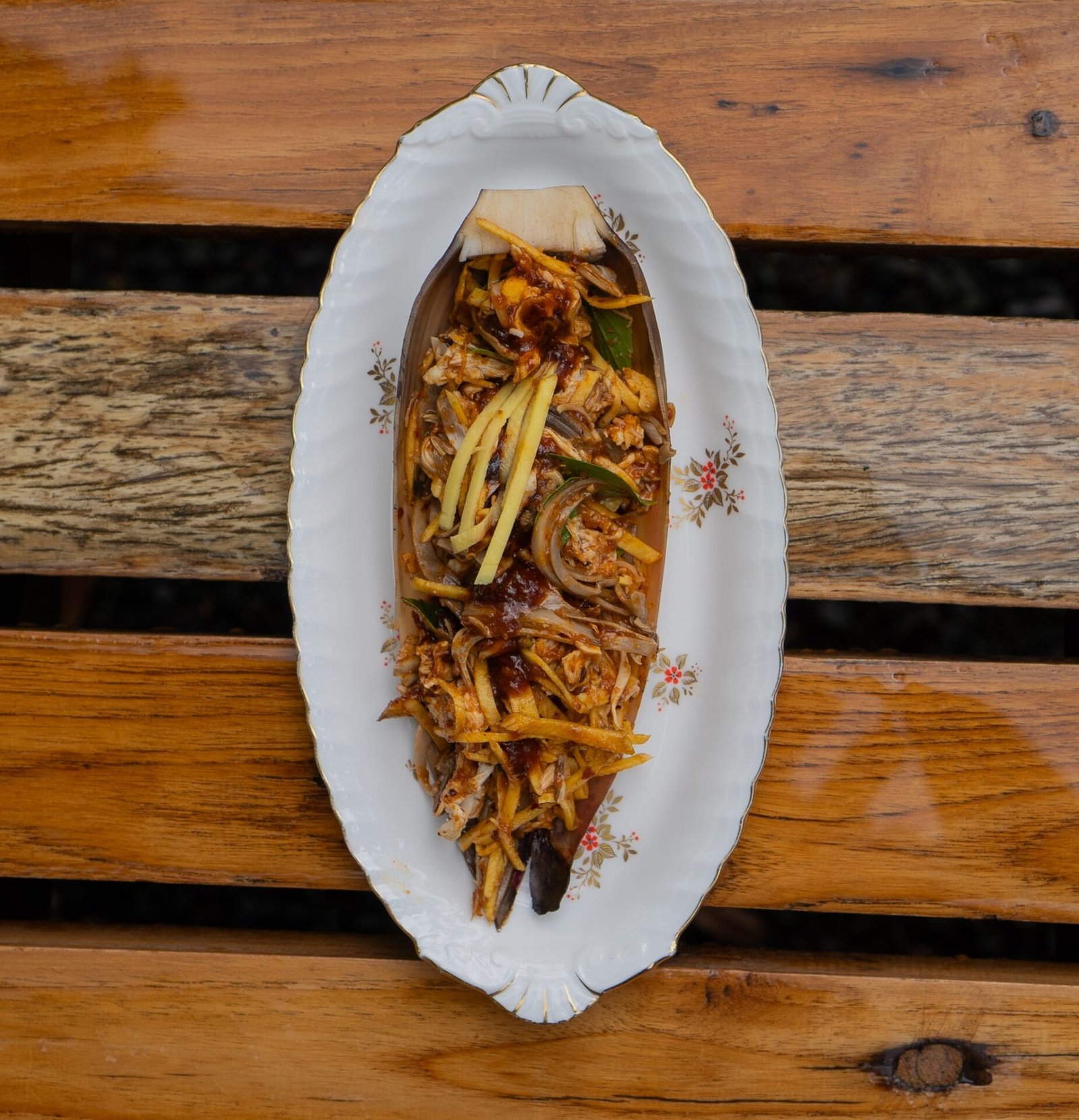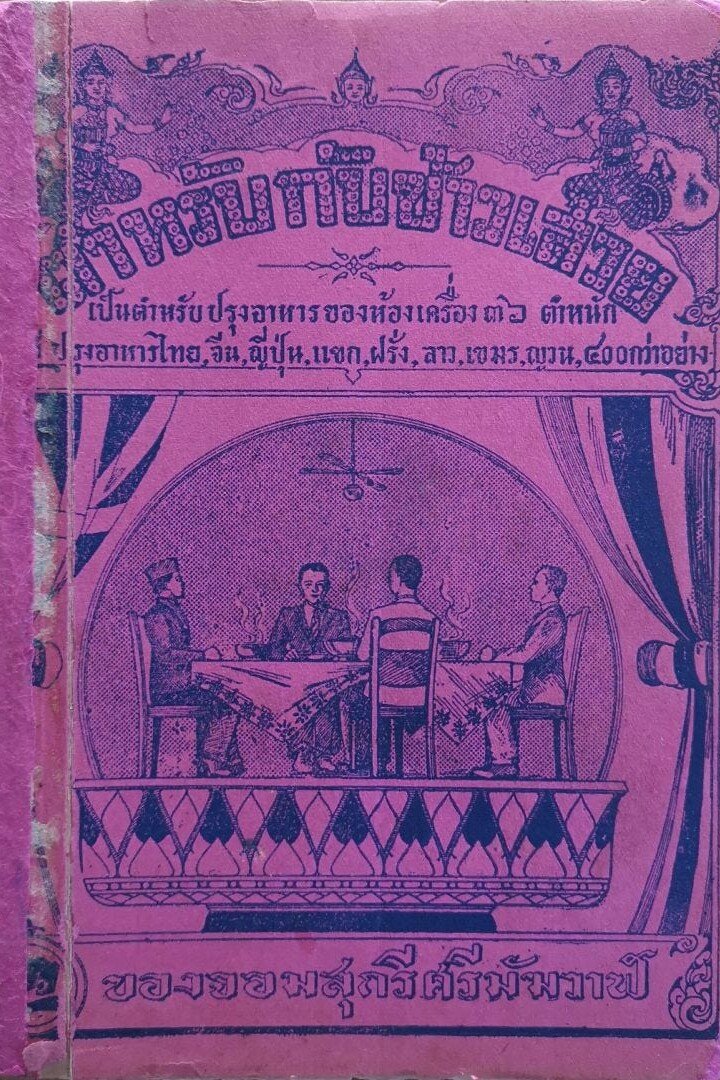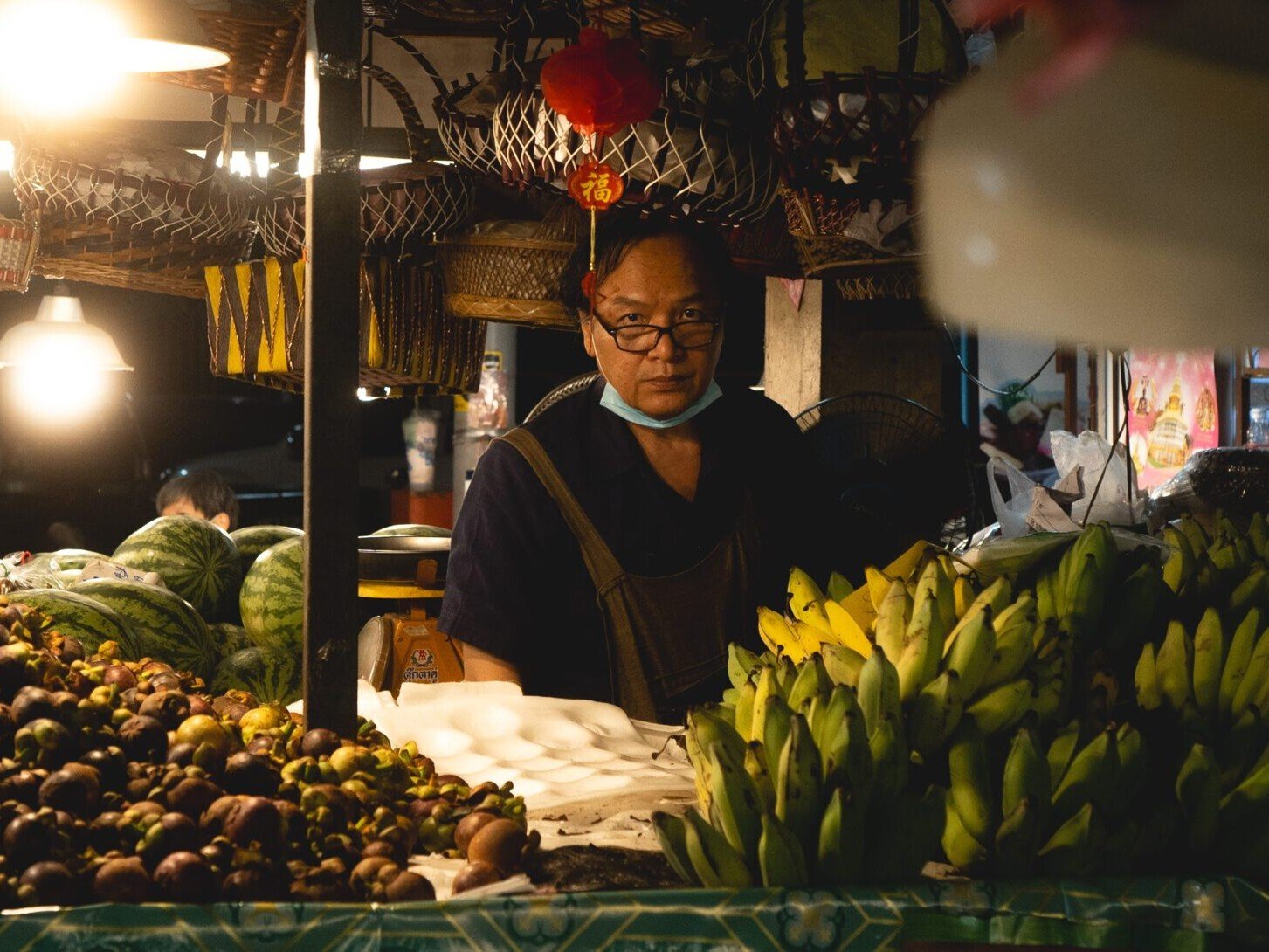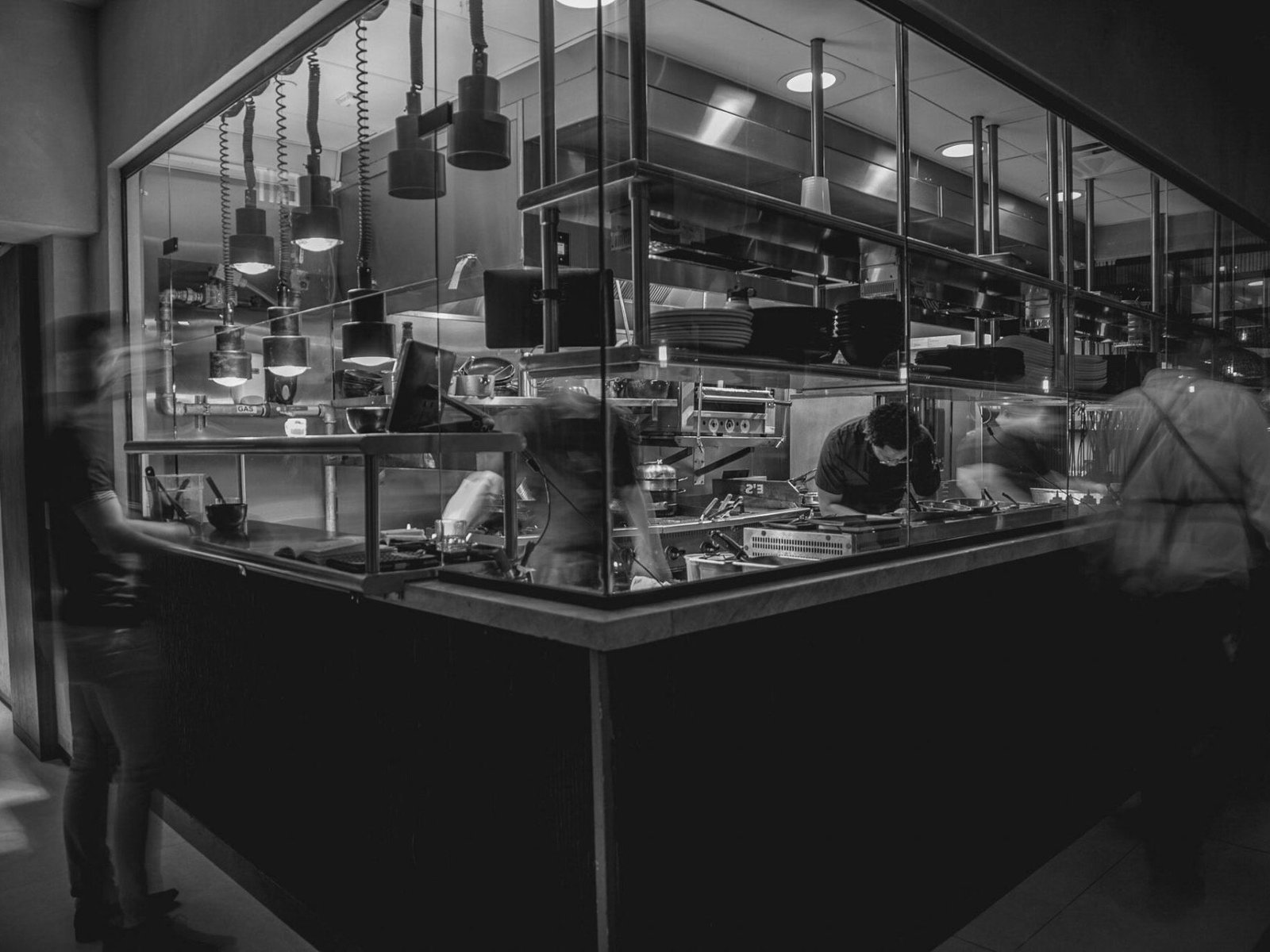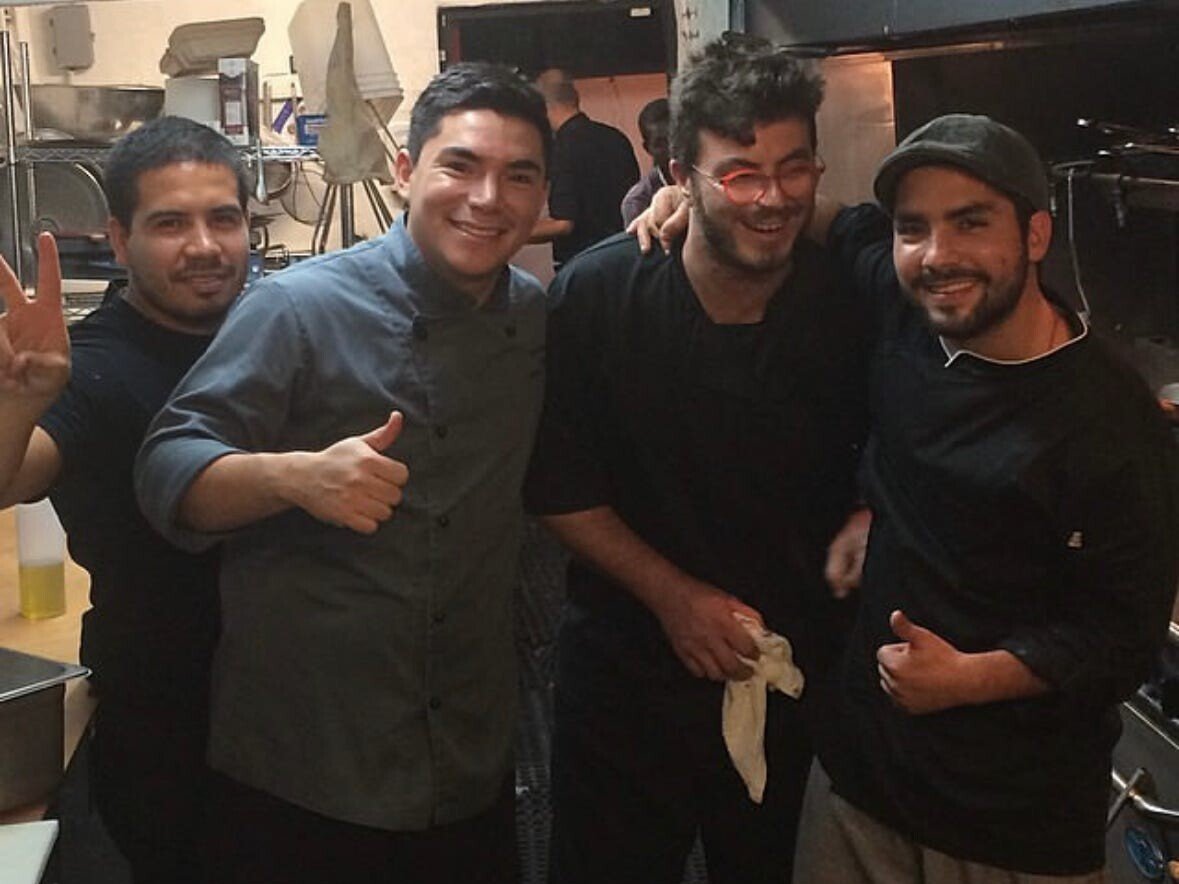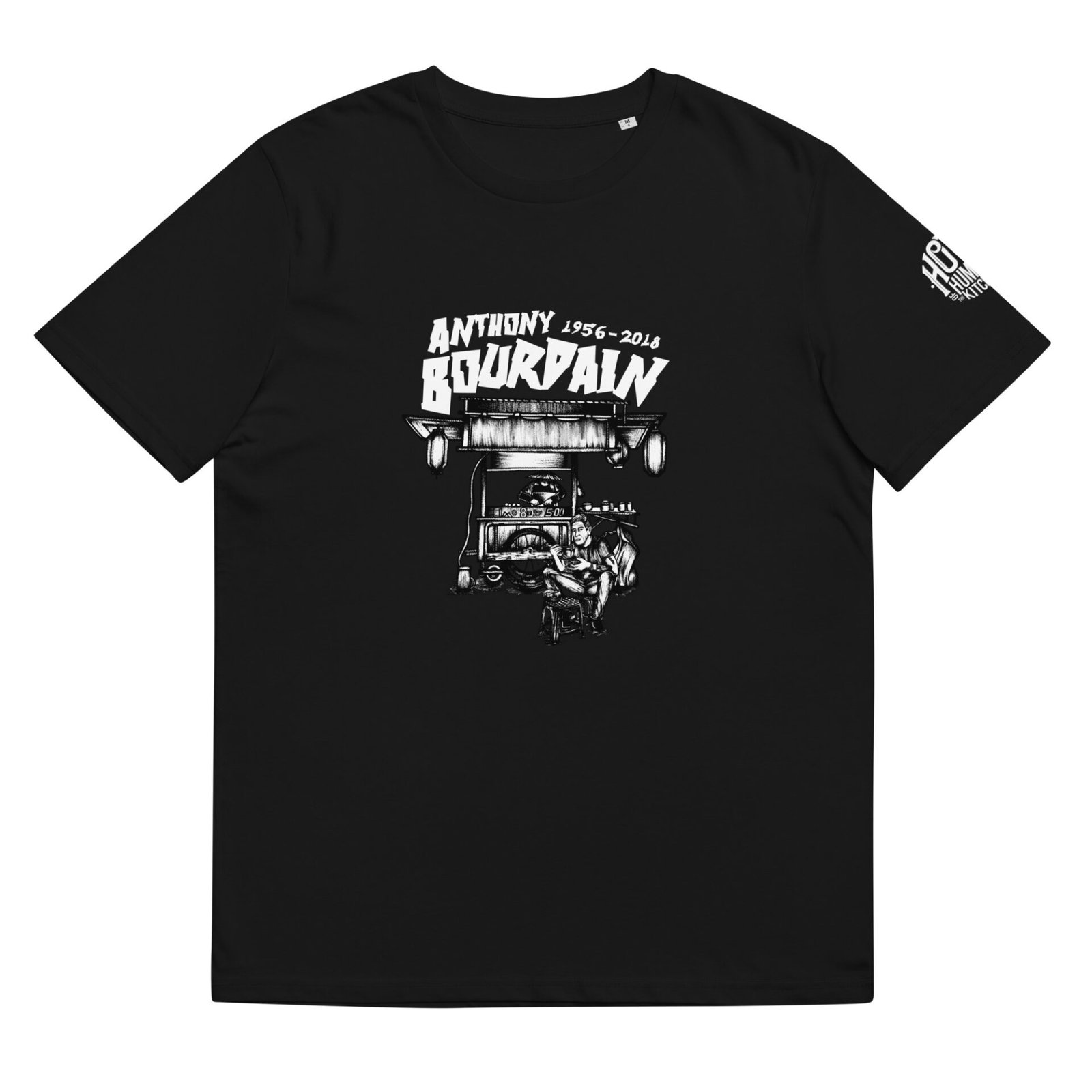Cracking the Culinary Code
Hanuman’s unique Approach to food and his Quest into Pre-World War Two Thai Cuisine.
How often have we heard a chef advise a young cook, saying, “Forget culinary school, come work with me, and I’ll teach you everything—while you get paid?” It’s a typical story in the culinary world.
The truth is that culinary schools are valuable sources of knowledge, but they won’t magically turn you into a top chef. Becoming a great chef involves hands-on experience, time in the kitchen, and a solid commitment to improving.
Certainly, culinary schools have their advantages. They introduce students to different cuisines, teach essential skills, help them connect with others in the industry, and provide insight into running a culinary business.
But there’s a challenge: traditional culinary education often struggles to keep up with the ever-changing restaurant industry. This makes us wonder about the value of culinary school and how it can be more affordable so that more aspiring chefs can learn and expand their horizons. During my trip to Thailand, I had the chance to meet someone with a unique approach to teaching culinary who flipped the script with its approach, challenging the status quo and leaving a profound impact in a short time.
It all started with a recommendation from a fellow chef recently returning from Chiang Mai, impacted by a culinary adventure in northern Thailand.
I asked a straightforward question: “What culinary experience truly left its mark on you?” Without hesitation, the response was clear, “You’ve got to meet Hanuman.” No hesitation, no doubts.
Inspired by this recommendation, we embarked on a mission to connect with Hanuman, navigating the challenges of tight schedules and last-minute plans. Our destination was Chiang Mai, where Hanuman’s culinary sanctuary was tucked away just 40 minutes from the city center, nestled amidst nature.
Hanuman, an Israeli native who has called Thailand home since 1988, Hanuman’s life journey has been a fascinating blend of careers and passions.
“I like to say that I came to Thailand only once and never left. So yeah, I’m on a 34-year holiday,” His journey began as a general surgeon back in his homeland, transitioning into the gem and jewelry industry upon his arrival in Thailand.
However, Hanuman’s focus shifted to the culinary world a specific niche that takes us back in time. “What you call Thai food can be semantically referred to as Thai food when Thailand was established in 1939. Before that, we called it Siam and Siamese food.”He specializes in Pre-World War II Siamese cuisine of the early 19th hundreds.
His culinary journey, spanning over 30 years, started with a deep dive into understanding the cuisine, researching, reading, tasting, testing, and even learning a whole new language.
Go to Thai Food Master if you would like to start your learning journey.
Hanuman’s teaching philosophy is built on the idea that there are layers of understanding between a recipe and a dish. He explains, “You see, we have four layers between a recipe and a dish. Here is what we understood about his layers theory:
The Ingredient Layer: At the foundation of every dish, there’s a fundamental interconnection between ingredients, and this interplay is not arbitrary. Each ingredient is carefully selected and combined with others for a specific purpose. It’s like a symphony where every note has its place, contributing to the overall harmony of the composition.
The Cultural Layer: Beyond just ingredients, there’s a cultural layer that envelops each dish. This layer encompasses the influence of the dish’s culture, including its religious codes, traditions, and historical significance. It’s like understanding the cultural backdrop of a piece of art—knowing the context enriches the experience.
The Culinary Layer: Here, Hanuman delves into the technical aspect of cooking. It’s not merely about assembling ingredients but also the techniques used to prepare them. This layer involves understanding the intricacies of cooking methods, temperature control, and timing. It’s akin to learning the grammar of a language—the structure that holds everything together.
The Magical Layer: This is where Hanuman introduces an element of wonder. The culmination of the first three layers—ingredients, culture, and culinary techniques—creates something unexpected and almost magical. The spark ignites when all the components align perfectly, resulting in a dish that transcends expectations. It’s like a surprise twist in a captivating story, where the outcome is more extraordinary than anticipated.
Hanuman’s work is similar to being an archaeologist of flavors. “So my work is basically going through the old books, finding and identifying these patterns, and seeing how they are arranged.”
Go to Thai Food Master if you would like to start your learning journey.
He continues, “When I teach Siamese culinary arts, we treat that as a modular progression. So we have patterns that are coming on top of each other until you get a dish.”
This modular approach is a crucial aspect of Siamese cuisine. “Because the heart of the dish was not developed linearly. It means I can take your dish and add something to it change it a little bit and get a new dish. So when we identify those modular patterns, we can teach a language.”
In just a week or two, his students gain a profound understanding of this culinary language, on top of which you can keep and promote it or develop it in a linear manner.
However, it’s not just about cooking; it’s about thinking. “What we do mostly is thinking rather than cooking because we learn how to think, and once we know how to think, we can cook.”
For Hanuman, cooking is more than following a recipe; it’s a creative endeavor rooted in understanding. “Don’t think you can cook if you don’t have a vision. Don’t think you can cook if you don’t have a path.”
He underscores the importance of culinary fluency, comparing it to language learning. “You cannot cook in a vacuum. You must be connected to something. “So if you want to cook ethnic cuisine, traditional Siamese cuisine, or traditional Thai cuisine, you must have a set of visuals to make you fluent in the kitchen.”
Video at Three Trees Doi Saket Hanumans Farm
Hanuman’s teaching philosophy is grounded in embracing creativity. “I want you to be free of the recipe. I want you to understand the language. I want you to understand the lyrics so you can perform and find your own voice.”
He emphasizes that cooking is a deeply personal expression. “I don’t want you to cook like me. I don’t want you to cook like somebody else. I want you to cook like you should, and that’s what we do here.” We learn how to cook by learning how to think.”
His quest for knowledge extends beyond the conventional, and since the entire literature on old Siamese cuisine is ancient. He believes in decoding the language of flavors left behind by generations past. “The beauty of that system is that it’s like a Bitcoin when I find a pattern. You can find your own patterns. It’s not that I found a pattern, and that’s it. You can find your own patterns.”
As I walk through Hanuman’s serene farm, his passion for a simpler, nature-infused life shines through. He built this haven to escape the city pace and immerse himself in what truly matters. His deep connection to nature profoundly influences his culinary journey. Hanuman explains how a slower, deliberate pace allows him to understand why specific ingredients shine during particular seasons. It’s a reminder that nature itself plays a pivotal role in the evolution of culinary history.
As we begin the short cooking class, he grabs a mango and tells me, “Don’t ever call it unripe mango. Call it green mango. Unripe mango means you judge it as if it’s not ready enough.”
He emphasizes the importance of understanding the nuances of ingredients. “Don’t judge your ingredients. They have a state, and this has a green state.”
Hanuman doesn’t see cooking as a mere skill; he sees it as a language, a way of expression as profound as any other. His perspective seeks to uncover the stories within dishes, connecting them to their cultural origins and historical narratives.
His culinary philosophy invites us to embark on a journey of culinary exploration. It encourages us to go beyond recipes, understand the “why” behind culinary techniques, and break free from rigid scripts, empowering cooks to create narratives to compose their own culinary symphonies.
In an industry where culinary education often faces criticism for its high costs and outdated curricula, Hanuman offers an intriguing alternative. It’s an approach grounded in mindfulness, curiosity, and a deep connection to the world.
Find below some images and dishes made and photographed by Hanuman:
We hope this article ignites a fresh perspective on food and catalyzes your culinary journey in Thailand, inviting you to experience the magic of Hanuman’s farm firsthand.
Go to Thai Food Master if you would like to start your learning journey.
Creating Your Perfect Culinary Travel Journey: 7 Essential Tips
Creating Your Perfect Culinary Travel Journey: 7 Essential Tips Hanuman’s unique Approach to food and his Quest…
August 30, 2023
International Chef Day: 5 Simple Ways to Celebrate and Appreciate!
International Chef Day: 5 Simple Ways to Celebrate and Appreciate! Spotlight on India’s International Chef Day…
August 25, 2023
The Beginnings of Humans Of The Kitchen
The Beginnings of Humans Of The Kitchen From being an immigrant frying chicken wings in a sports bar to creating……
August 22, 2023

